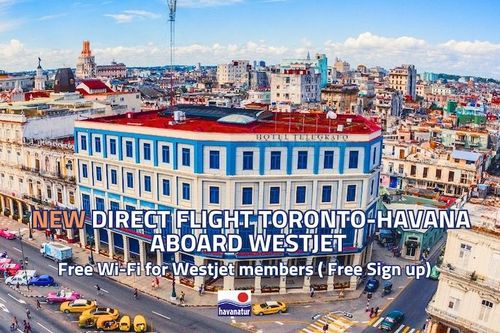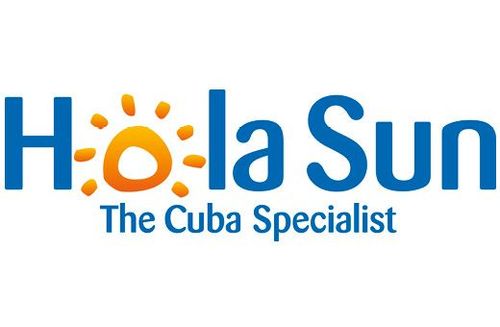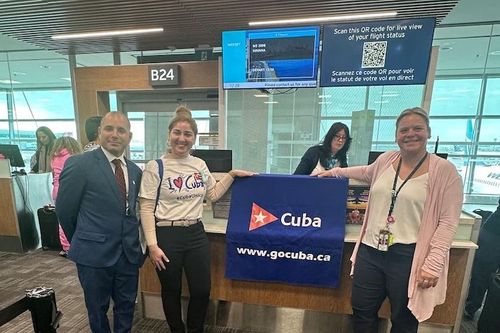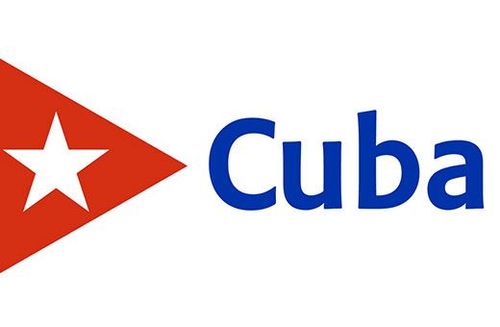Where travel agents earn, learn and save!
News / Explore Havana’s cultural sites with San Cristóbal Agencia de Viajes
Specialized cultural tourist offers
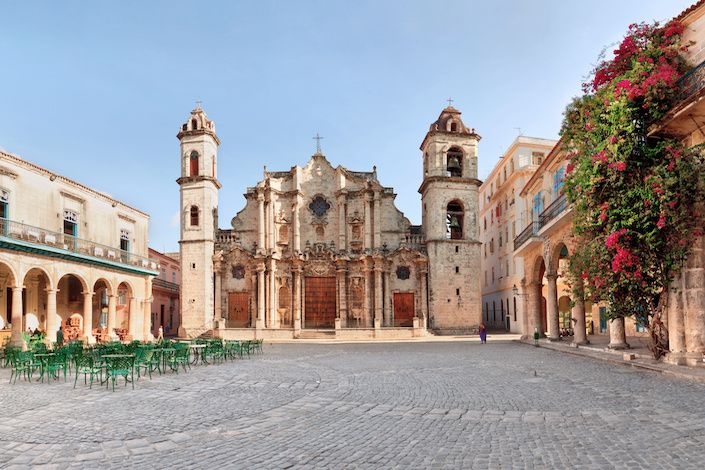
With Cuba's new focus on “Culture and Heritage” tourism, Havana definitely becomes number one spot to explore island's rich history and well-preserved cultural sites.
The best way to experience Havana's most popular and must-see sites is with the San Cristóbal Agencia de Viajes. Here's is an overview of the agency's tourist offers as well as some history about Havana origin.
Havana
Founded in 1519, on the occasion of its third and definitive settlement next to the splendid bag- shaped bay with the same name, the former Saint Christopher of Havana with privileged location on the north-western cost of the island facing the Atlantic Ocean, became the mandatory stopover of the Spanish fleet of the Indies and an important trading centre, which turned it into the permanent target of corsairs and pirates; a condition of a solid system of castles, forts and other military works strategically located around the bay and on its coastline. Buildings dating from the 16th and 17th centuries with a remarkable Hispanic-Arabic influence coexist harmoniously with majestic residential, public and religious constructions from the 18th and 19th centuries, which bear the witness of the baroque nature and the eclectic substance of this city, which also shows real architectural icons of neoclassicism, eclecticism and the modern movement.
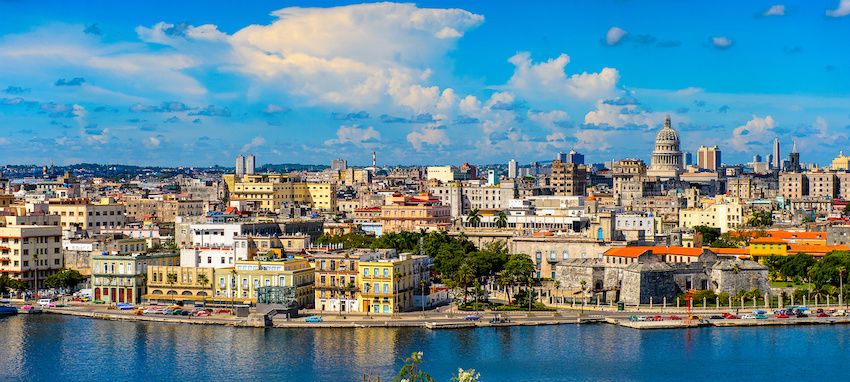
In 1982, the old part of the city and its fortification system were declared World Heritage Site by UNESCO and in June 2016 Havana was chosen as one of the Seven Wonder Cities of the Modern World.
Specialized Activities
San Cristóbal Agencia de Viajes, the tourism agency of the patrimonial cities of Cuba, offers specialized activities (lectures, presentations, talks and workshops) on the following topics:
- The Office of the Historian and its management model for the comprehensive rehabilitation of Havana’s historic centre.
- Restoration, valorisation and sustainable tourist management of Havana’s cultural heritage.
- Architecture, town planning and territorial planning in Havana’s historic centre.
- Management of natural and industrial heritage of the Bay of Havana, associative cultural landscape.
- Local undertakings, community projects and articulation of the public sector management with non-state forms of services.
Main Attractions
- System of squares of the historic centre (Arms, Saint Francis of Assisi, Old, Cathedral, Christ and Angel Squares).
- Military fortification system (Castle of the Royal Guard, Castle of the Holy Saviour of La Punta, Castle of the Three Kings of El Morro and San Carlos de la Cabana fortress).
- City Museum (the former Colonial Government Palace).
- National Capitol Building and Grand Theatre of Havana “Alicia Alonso”.
- Revolution Museum.
- National Museum of Fine Arts (Cuban Art and Universal Art Buildings).
- Residential neighbourhoods: El Vedado, Miramar, Cubanacan and Siboney.
- Christopher Columbus Cemetery.
- Revolution Square.
- University of Havana.
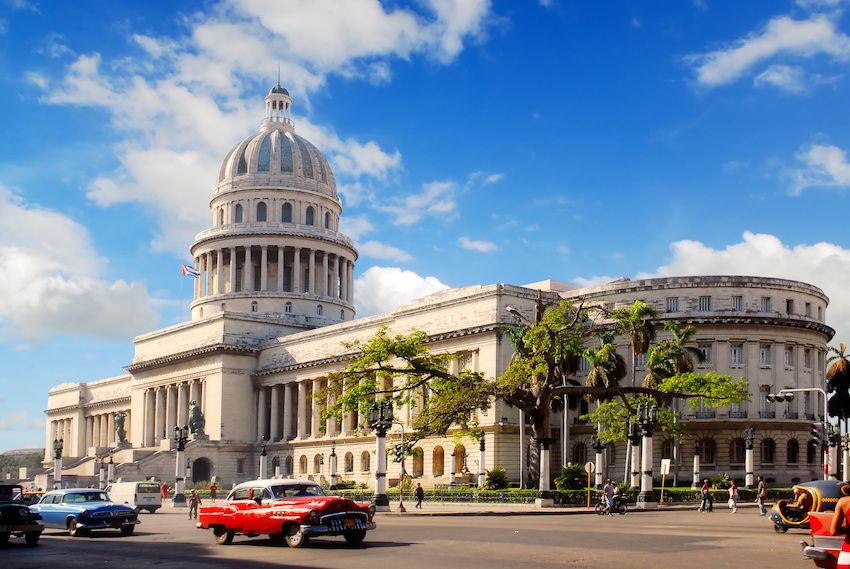
Tours
1. Colonial walking tour
Guided tour in Havana’s historic centre with stops at the main squares (Square of Arms, Cathedral Square, Square of Saint Francis of Assisi, Old Square, Christ Square, and Angel Square), as well as visit to the City Model and the City Museum, the former colonial government palace.
2. Rehabilitation of heritage, social and cultural work of the Office of the Historian of Havana
Walking tour with information regarding the institutional self-financing model that supports territorial development in Havana’s historic centre. It includes stops (according to availability) in places with ongoing restoration and admission to the Gaspar Melchor De Jovellanos School of Trades, the former Convent if Bethlehem, the Father Usera nursery school, and the Senen Casas Regueiro clinic for children with disabilities in the motor function.
3. Architecture inside the former city walls and urban layout
Guided tour in Havana’s historic centre with approach to the development of the urban layout and the confluence of architectural styles. It includes stops at the main squares (Square of Arms, Cathedral Square, Square of Saint Francis of Assisi, Old Square, Christ Square, and Angel Square) and visit to the City Model.
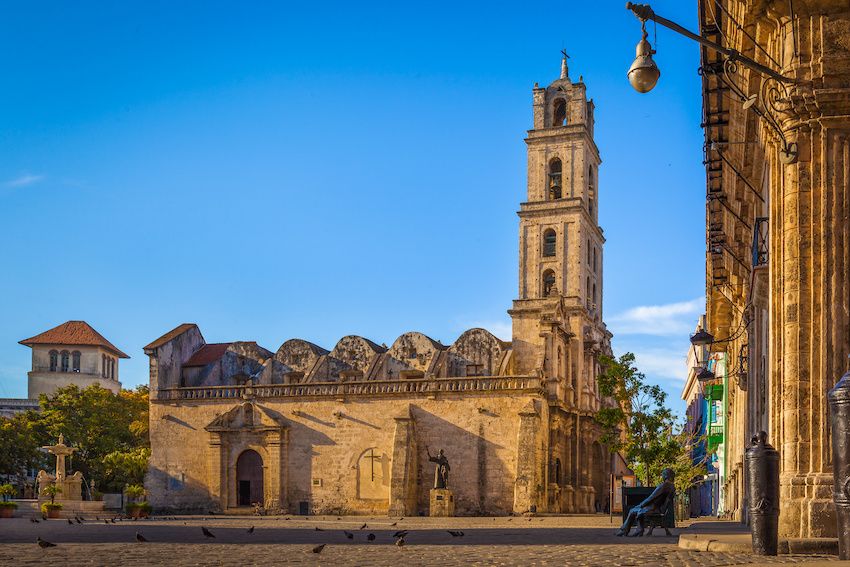
4. Popular religiosity and Christian ecumenism
Tour is focusing on the peculiar complexity of religion in Cuba based on the diversity of religious forms and organizations shaping it. It also includes guided visits to churches, temples, synagogues, pilgrimage sites, community projects, and themed museums that attest to the strong Christian movement of renewal for unity and common action, committed to the present and the future of the nation.
5. Tour of museums and specialized institutions
Tour which allows to visit museums and cultural centres located in the old part of the city and approach the collections of art, history, science and technology treasured in the 31 museums managed by the Department of Cultural Heritage of the Office of the Historian of the City. It includes admission to four museum facilities to be chosen from the diverse topics of the collections with specialized tour guide service included. The City Museum (former Colonial Government Palace) and the Centre for the Interpretation of the Cuba-Europe Relations (former Vice-governor’s Palace) are highly recommended.
6. On both sides of the bay
Tour allows a specialized approach to the cleaning-up process of the Havana Bay and visit to the Regla and Casablanca suburbs on the other side of the bay. It also includes walks in open spaces, floating piers, recovered sites of the industrial heritage such as the brewery in the former Timber and Tobacco Warehouse and the popular crafts market in the former San Jose Warehouse, the Luz Wharf, the Sanctuary of Our Lady of Regla and the lookout at the Christ of Havana, among other attractions of this associative cultural landscape.
7. Inside the Holy Angel neighbourhood
Guided tour through a neighbourhood of the historic centre that has been recovering its original charm thanks to the revitalizing force of a cultural project based on the citizen’s participation and the dialogue between locals leading private undertaking and public decision- makers. It includes the exchange with leaders and participants of the Arte Corte project, visit to the Hairdresser Alley, the Hairdressing Museum and School, the Seniors Canteen, and studios or galleries of local artists.
Themed Routes
1. Military architecture and colonial defensive system
Guided tour of the defensive facilities along Havana's coastline. It includes a panoramic ride in a vehicle from the exterior of the small La Chorrera Castle to La Punta Castle and to the Castle of the Royal Guard and finish on the other side of the bay with visits to El Morro Castle and La Cabana fortress.
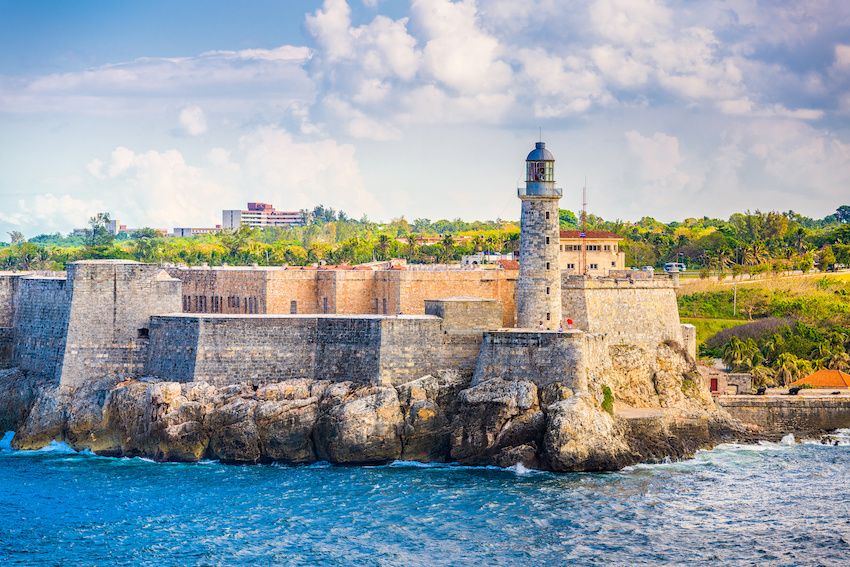
2. Religious buildings and pilgrimage sites
Tour of the emblematic buildings linked to the development of Havana's popular religiosity and Christian ecumenism. It incudes a walk in the historic centre to see the main churches and religious buildings (Cathedral of Havana, Saint Charles Seminary, Convent of Saint Francis of Assisi, and the Angel and Christ churches). Continue with the panoramic ride in a vehicle along Port Avenue and Reina Street to see the Paula Church and the Church of the Sacred Heart. Then drive along the Columbus Cemetery and its main entrance on Zapata Street to reach the Miramar neighbourhood to see the Church of Saint Rita of Cascia and the Church of Jesus. At the end, visit the Sanctuary of Saint Lazarus on the southern outskirts of Havana.
3. Urban development, timelessness and eclecticism
See the development of Havana's urban layout, its evolution in time and mixture of architectural styles. Tour includes a conversation with experts of the Master Plan of the city and a walking tour in the historic centre with stops on each square dating from the foundation period (Square of Arms, Cathedral Square, Square of Saint Francis and Old Square), as well as visit to the City Model and exterior areas of the Capitol Buildings and the Grand Theatre of Havana. Continue with a panoramic ride in a vehicle along Port Avenue, the Reina and Zapata streets on the way to the Vedado, Miramar, Cubanacan y Siboney residential areas. Upon return, ride along Havana's coastline to see the military architecture and then cross the bay to reach the eastern part of the city to visit the Alamar and Cojimar suburbs.
4. Legacy and presence of nations an ethnic groups
Selective and specialized approach to the traces of one of the following ethnic groups of nations: Jews, Spaniards, French, Germans, English and Irish; all of them having influenced the formation of Cuba's multicultural identity and artistic wealth that distinguish Cuba's capital city. It includes visits to emblematic places related to the chosen subject, meeting with descendants and touring representative institutions.
5. Ernest Hemingway in Havana
Familiarization with the life of the famous American writer and its connection to the Cuban capital city. It includes an afternoon tour of the Cojimar, the fishing village where Ernest Hemingway got the inspiration to create “The Old Man and the Sea”. Continue with the visit to Finca Vigia, Hemingway's former residence and present-day themed museum. Then you will go to the city's historic centre to visit the room 511 at the Ambos Mundos hotel and taste the emblematic cocktail Daiquiri at the Floridita Bar.
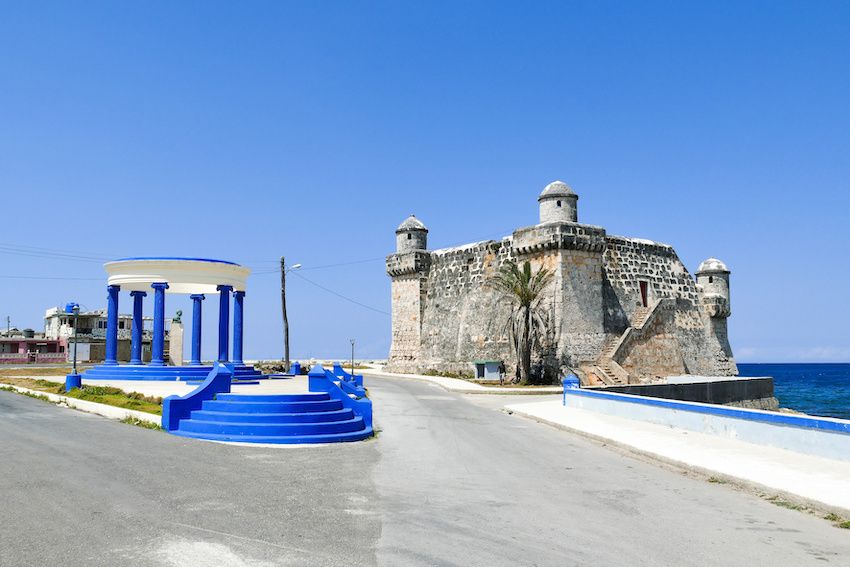
6. Contemporary Cuban art
Learn about the development of Cuban visuals arts from the beginning of the 20th century to present day through the high number of institutions, museums, galleries, exhibition halls, studios, public spaces and workshops that show the best of paintings, drawings, engraving, ceramics, handicrafts, and goldsmithing/silversmithing in Cuba. It includes the visit to the building of Cuban art at National Museum of Fine Arts, the Experimental Engraving Workshop on the Chorro Alley, the Wilfredo Lam Centre, at the Centre for the Development of Visual Arts, all of them in Havana's historic centre, as well as admission according to availability to the most famous galleries and workshops of artists in town. Finish at the Crafts Market located in the farmer warehouses for timber and tobacco in the port of Havana.
7. The excellence of Habano cigar and rum
get familiar with the two iconic products of the Cuban identity. It includes a guided tour in one of the three cigar factories in town (Partagas, Romeo y Julieta or H.Uppman), with a flavour-matching activity led and explained by experts in one of the Habano Houses in the historic centre. At the end, visit the Rum Museum (Havana Club Foundation).
For more information, please visit viajessancristobal.portal.ohc.cu.




